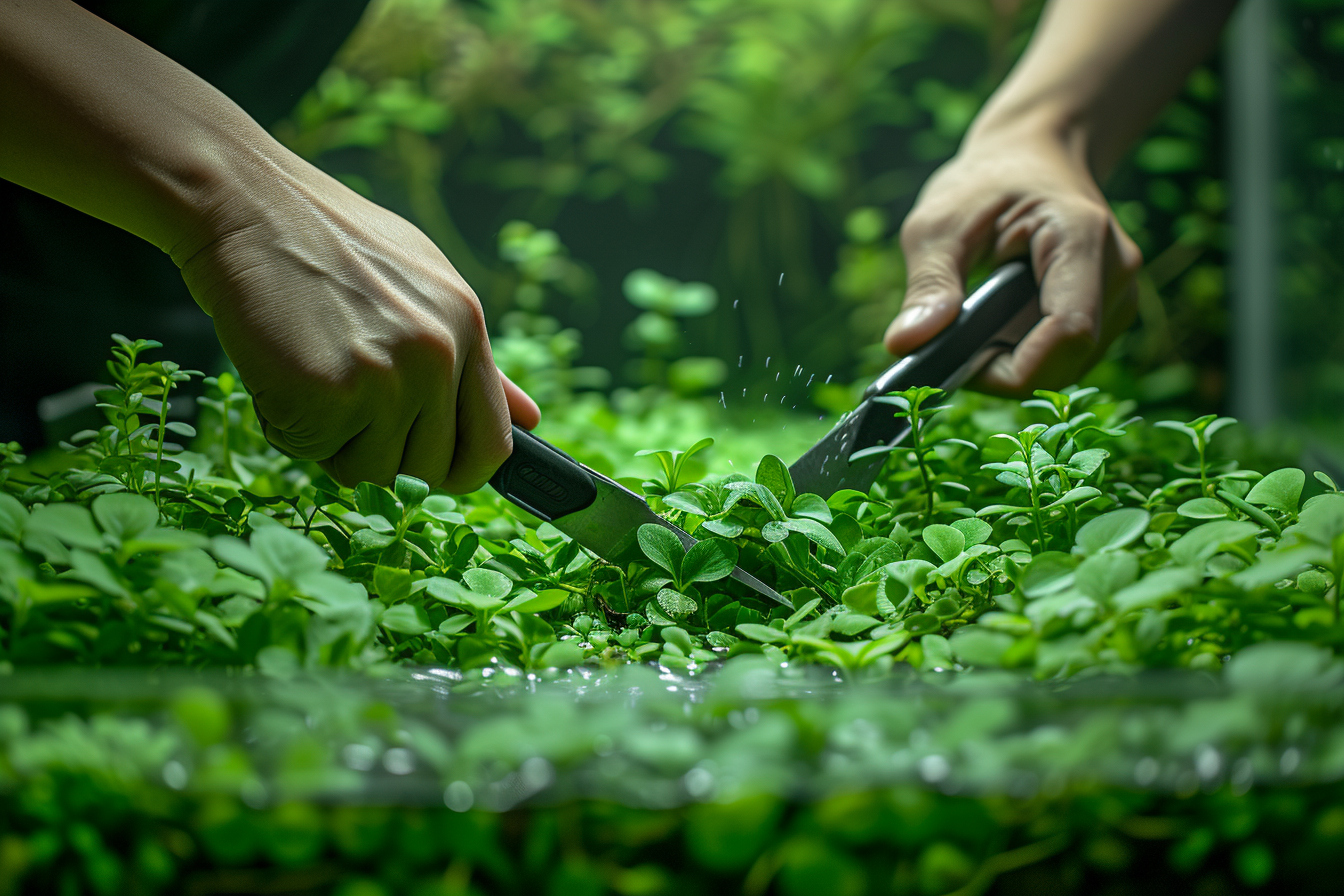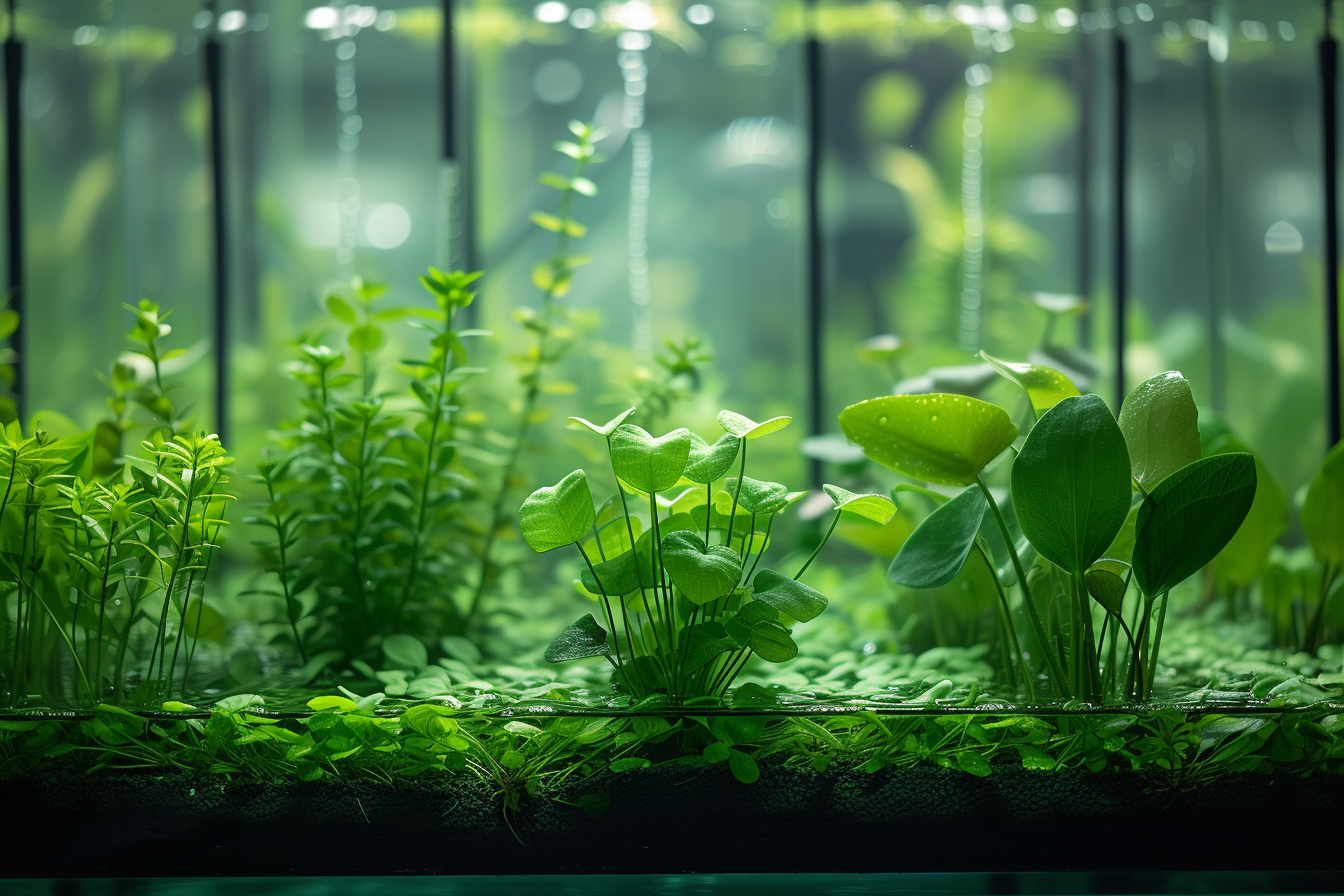Aquatic plants are an essential component of underwater ecosystems. Their cultivation can add beauty to aquariums and ponds, contribute to water quality, and provide shelter and food for aquatic life. Thriving aquatic plant life requires an understanding of the unique environmental conditions these plants need. This article delves into the strategies that can enhance the growth and vitality of aquatic plants in both personal and commercial settings.
Understanding aquatic plant requirements
Before diving into specific strategies, recognizing the fundamental requirements of aquatic plants is key. These species have adapted to life in water, which means they have slightly different needs than terrestrial plants. For instance, they depend heavily on the water’s chemical composition, temperature, and lighting conditions to thrive.
Lighting Considerations
Efficient lighting is essential for the process of photosynthesis in aquatic plants. Plants utilize light to convert carbon dioxide and water into glucose, a process that is as vital underwater as it is on land.
Substrate Preferences
The substrate serves as the bed in which aquatic plants anchor their roots. Certain aquatic plants prefer specific substrate types, each with its own set of benefits and drawbacks. A rich, nutrient-dense substrate can vastly improve plant growth and health.
Water Chemistry Balance
Aquatic plants flourish in water with specific pH, hardness, and nutrient levels, requiring a delicate balance that must be monitored and adjusted as necessary.
Optimal lighting strategies
The type of lighting and the duration of exposure significantly influence the health of aquatic plants. Here’s how to ensure your plants receive the light they require:
Select the right type of lighting
LED lights are generally the best for aquatic plants due to their efficiency, long life, and ability to produce a spectrum of light conducive to plant growth. Fluorescent bulbs are an alternative that can also support plant life adequately but tend to have a shorter lifespan.
Mimic natural light cycles
Simulating the natural cycle of daylight and darkness encourages a stable growing environment. A typical cycle involves 10 to 12 hours of light followed by a period of darkness.
Substrate selection and preparation
Quality substrate is to aquatic plants what fertile soil is to a garden. Here’s how to create an ideal foundation:
Choose the correct substrate type
Options such as gravel, sand, or specialized aquatic plant substrates can be used. Each variety has different properties that can either help or hinder plant growth.
Layer for success
Using a multi-layer substrate system can optimize root growth and nutrient uptake. A common strategy is to layer a nutrient-rich substrate beneath a layer of gravel.
Water chemistry and fertilization
To maintain a healthy aquatic environment, the chemistry of the water must be closely managed:
Test water parameters regularly
Regular testing of pH, hardness, and nutrient levels are crucial. Maintaining a stable pH around 6.5 to 7.5 is ideal for most aquatic plants.
Utilize aquatic fertilizers
Supplementing with fertilizers can give plants a boost, especially in nutrient-poor water. Specialized aquatic plant fertilizers are available that won’t harm fish or other aquatic life.
Carbon dioxide enrichment techniques
Carbon dioxide (CO2) is another critical component in the aquatic plant ecosystem:
Inject co2 for enhanced growth
CO2 injection systems can significantly improve the growth rate of aquatic plants by providing them with a key element for photosynthesis.
Monitor co2 levels
It’s important to ensure CO2 levels are not too high, as this can be detrimental to fish and other animals in the water.
Managing algae competition
Algae can compete with plants for nutrients and light, often to the detriment of the desired flora.
Regular maintenance
Regularly cleaning the tank and removing visible algae helps prevent it from overtaking the aquatic plants.
Control nutrient levels
Algae thrive on excess nutrients. Controlling the amount of food and waste in the tank helps to keep algae in check.
Aquatic plant pruning and propagation

Like their terrestrial counterparts, aquatic plants need to be pruned and can be propagated to encourage healthy growth:
Pruning for health
Removing dead or dying foliage ensures that the plant’s energy is directed towards new growth.
Propagation techniques
Many aquatic plants can be propagated by simple methods such as cuttings or division, allowing for the cultivation of more plants without additional cost.
Stocking and synergy with aquatic life
Aquatic organisms can either be beneficial or harmful to plant life:
Choose synergistic fauna
Snails, shrimp, and certain fish species can coexist with aquatic plants, often helping by eating algae and dead plant material.
Avoid plant-eating fish
Some fish species have a taste for plants and can decimate them quickly. It’s important to research and select species that will not harm your aquatic flora.
With the correct guidance, the art and science of aquatic plant cultivation become an exciting and rewarding endeavor. Armed with knowledge and the right tools, enthusiasts can create a lush underwater garden that enhances their aquatic environment and provides a sanctuary for its inhabitants. While challenges may arise, the process of nurturing life below the water’s surface can be as educational as it is beautiful.
Remember, the essence of successful aquatic plant cultivation lies in patience, careful observation, and a willingness to learn from the environment. Through a blend of strategy and passion, thriving aquatic plants are within reach for anyone willing to put in the effort.

Leave a Reply